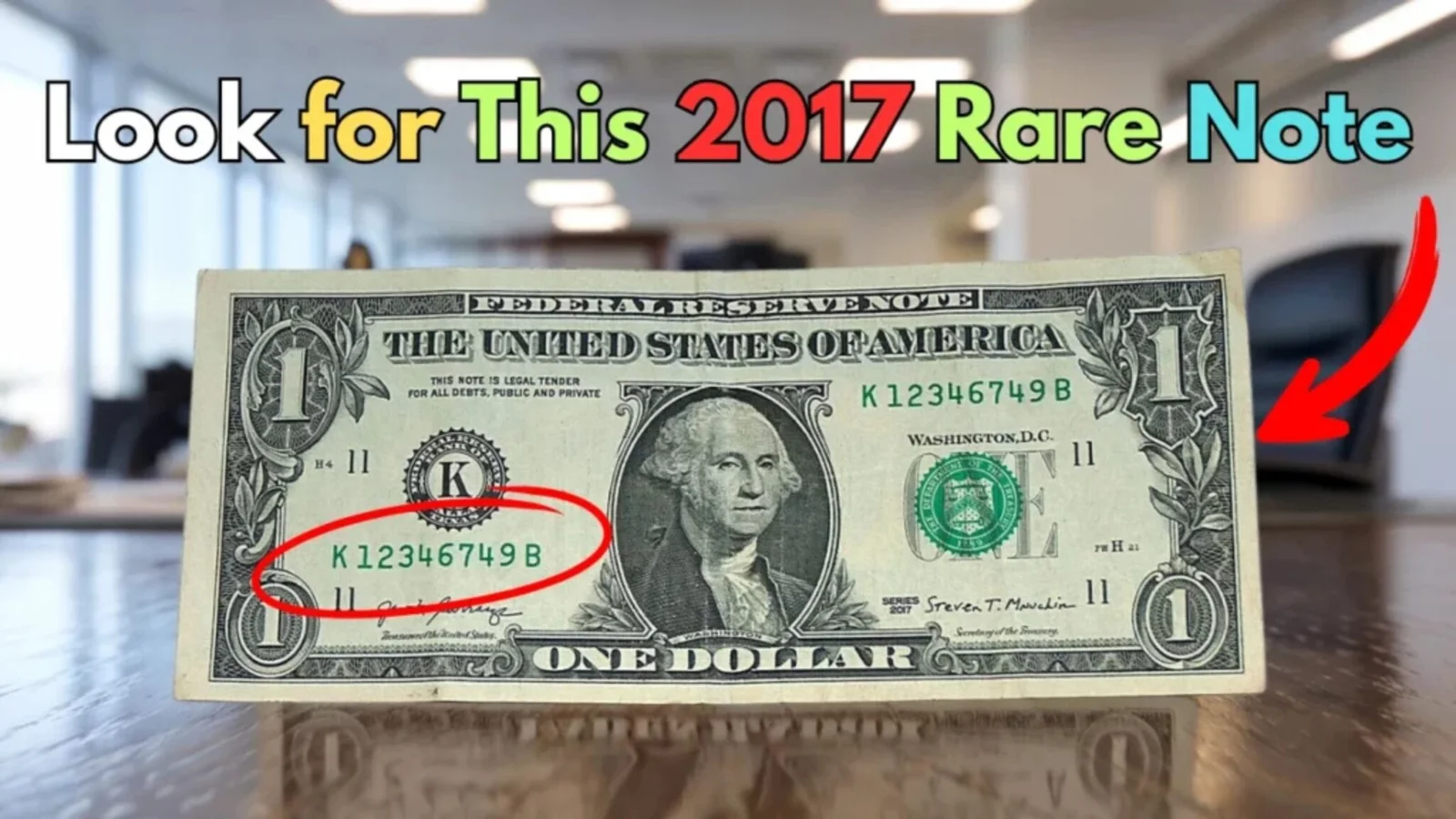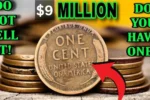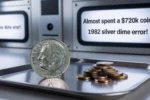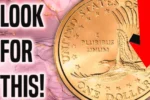How to Identify a 2017 $1 Bill With Ladder Serial Number: Most people think of $1 bills as nothing more than small change, but some of these bills could be worth tens of thousands of dollars to collectors. Among the rarest and most valuable are 2017 $1 bills with what’s known as a “ladder serial number.” Collectors prize these unique notes because of their rarity and striking numerical sequence, and some are offering as much as $60,000 for the right one.
Understanding Ladder Serial Numbers
A ladder serial number refers to a sequence where each digit increases or decreases consecutively. For example, a bill with the serial number 12345678 or 87654321 is considered a perfect ladder because the numbers climb or descend in order. These patterns are extremely rare in circulation because only a handful of such notes are ever printed out of the billions of bills produced annually.
Why the 2017 Series Is Special
The 2017 series of $1 bills holds particular interest because of its printing volume and the fascination collectors have with modern currency errors and patterns. As people became more aware of rare serial numbers, demand for certain configurations like ladders spiked. A 2017 $1 bill with a ladder serial number is exceptionally valuable because it is a relatively modern issue, making it more likely for an unknowing person to have one in their wallet or cash drawer.
How to Spot a Ladder Serial Number
To check if you have a ladder serial number, simply look at the eight-digit number printed twice on the front of your $1 bill. Examine if the digits ascend or descend in perfect order without breaking the sequence. Only perfect ladders qualify for the highest collector value. Even partial ladders, like 01234567, can be of interest but won’t command the same premium.
The Value of Ladder Serial Numbers to Collectors
Collectors value these bills for their rarity and aesthetic appeal. A perfect ladder is like the holy grail of fancy serial numbers. Depending on the bill’s condition and the exact sequence, prices can range from a few hundred dollars to as much as $60,000. Crisp, uncirculated bills are far more desirable, but even circulated ones can fetch impressive sums.
What Makes These Bills So Rare
Given the U.S. Bureau of Engraving and Printing produces billions of $1 bills each year, the odds of a ladder sequence appearing are astronomically low. Since serial numbers are assigned sequentially during production, only specific batches can yield these patterns. Most people never see such a note in their lifetime.
What to Do if You Find One
If you’re lucky enough to spot a 2017 $1 bill with a ladder serial number, handle it carefully. Avoid folding or damaging the note, as condition significantly affects value. Consider getting it appraised by a reputable currency dealer or listing it at auction, where competitive bidding could drive the price sky high.
FAQs
What is a ladder serial number?
A ladder serial number is a sequence where each digit increases or decreases consecutively, like 12345678 or 87654321.
Why are 2017 $1 bills with ladder numbers so valuable?
Their rarity and the popularity of fancy serial numbers among collectors make them highly sought after, especially in pristine condition.
How can I check if my $1 bill is worth money?
Look at the serial number for perfect ladders or other rare patterns and check the bill’s condition. For an accurate valuation, consult a professional currency dealer.
Can circulated bills still have value?
Yes, even circulated bills with ladder serial numbers can be valuable, though uncirculated ones fetch the highest prices.




